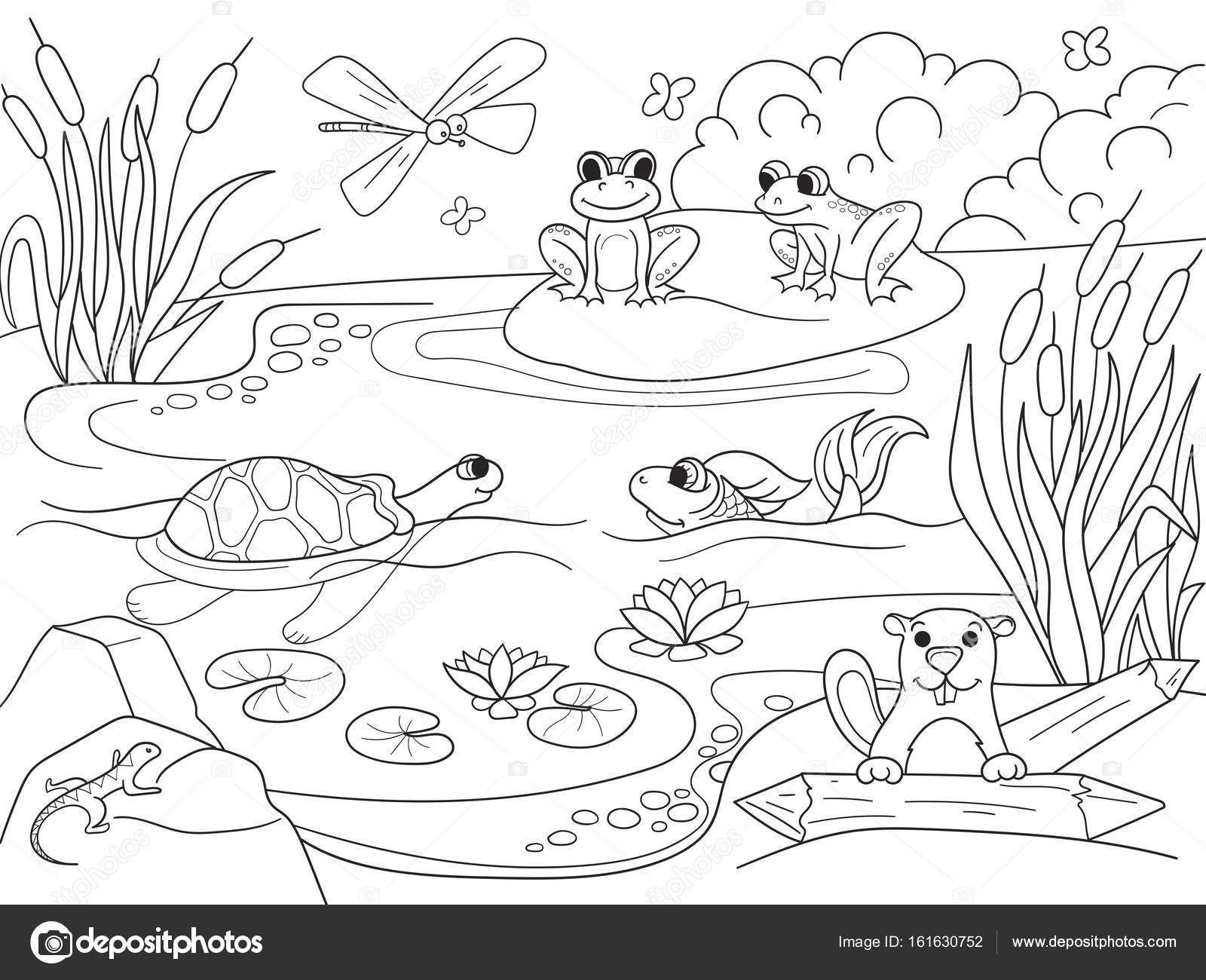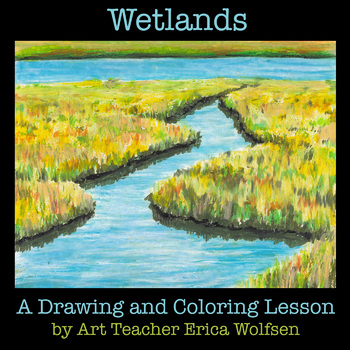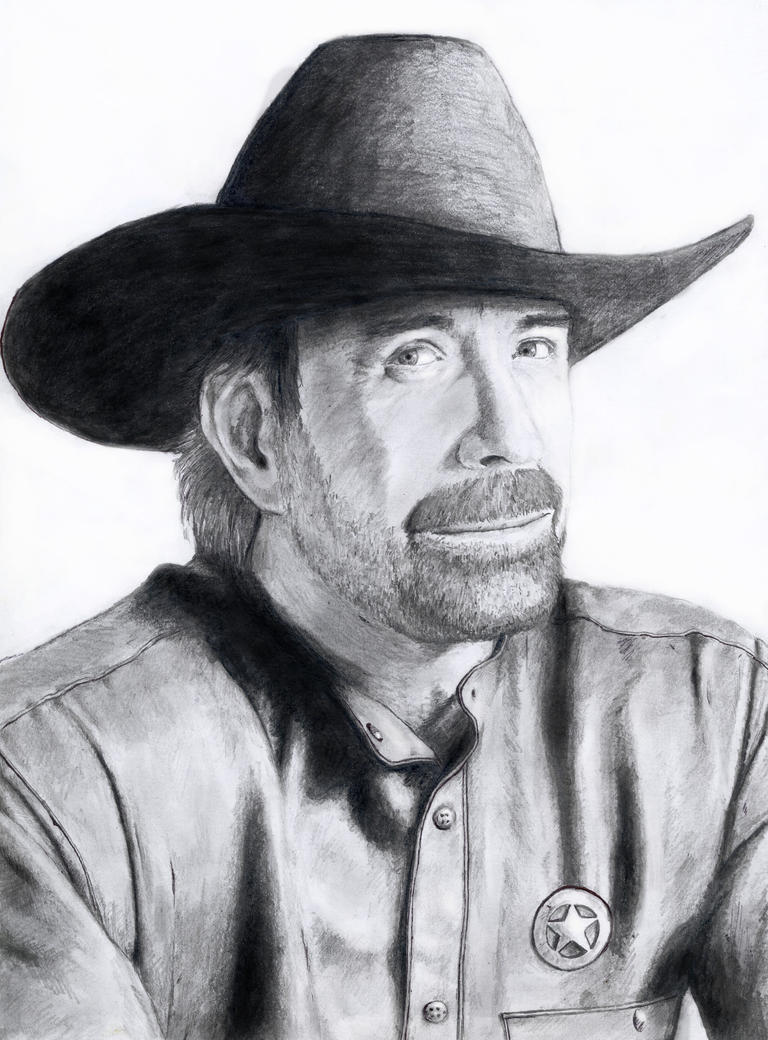Wetland marsh drawing
Table of Contents
Table of Contents
Have you ever wondered how to draw wetlands? Wetlands are not only important for the environment, but they also make for beautiful artwork. Learning how to draw wetlands can be a fun and rewarding experience, and in this article, we will provide you with tips and tricks to make your drawings come to life.
Pain Points of Drawing Wetlands
Many aspiring artists struggle with representing water, plants, and animals in a realistic manner. Wetlands are no different, and drawing them can be a daunting task if you don’t know where to start. Additionally, without the proper technique, drawings can end up looking flat and lifeless.
Answering the Target of How to Draw Wetlands
The first step in drawing wetlands is to familiarize yourself with the subject. Do your research by looking at photos of wetlands and studying the different elements that make them unique. Pay attention to the colors, textures, and shapes of the plants and animals found in wetlands.
Once you feel comfortable with the subject, start by sketching out the basic shapes of the wetland. Add in detail and texture gradually, taking care to represent the different layers and depths of the wetland. Use a variety of strokes to give your drawing depth and dimension.
Summary of Main Points
Overall, learning how to draw wetlands requires practice and patience. The key is to take your time and pay attention to detail. By familiarizing yourself with the subject, studying its different textures and shapes, and using a variety of strokes, you can create beautiful and realistic drawings of wetlands. Don’t be afraid to experiment and try different techniques until you find what works best for you.
How to Draw Wetlands - Finding Inspiration
In order to draw wetlands realistically, it is important to start with a good understanding of the subject. One way to do this is by finding inspiration in the world around you. Go for a hike in a local wetland or visit a nearby nature preserve. Take photographs or make sketches of the different elements you see. Use these as a reference when you are drawing to help you capture the essence of the wetland.
When getting started, don’t be afraid to try different techniques. Experiment with watercolor or colored pencils and see how the colors interact with one another. Try using a variety of strokes to create texture and depth in your drawings. Over time, you will develop your own style and approach to drawing wetlands.
The Importance of Lighting and Color
Lighting and color are important elements to consider when drawing wetlands. Pay attention to how the light hits the different elements in the wetland and try to capture the shadows and highlights. This will give your drawing a more realistic and lifelike appearance.
Choose colors that are representative of the real world, but don’t be afraid to experiment with different color combinations. Wetlands are full of earthy tones like greens, browns, and blues, but pops of color can add a lot of interest to your drawing.
Drawing Water in Wetlands
Water can be one of the most challenging elements of drawing a wetland. In order to capture the appearance of moving water, try using short, quick flicks of your pencil or brush. This technique will give the water a sense of motion and movement, making it feel more realistic.
Question and Answer
Q: What if I’m not very skilled at drawing?
A: Don’t worry! Everyone starts somewhere. Start by practicing simple shapes and gradually work your way up to more complex ones. Take a few basic drawing classes or watch some instructional videos to get started.
Q: How do I know if my drawing looks realistic?
A: Compare your drawing to a photograph of a real wetland. Pay attention to the details and textures of the wetland and note any differences or areas that need improvement. Don’t be afraid to ask for feedback from other artists or take a break and come back to your drawing later with fresh eyes.
Q: What materials should I use to draw a wetland?
A: There are a variety of materials you can use, depending on your personal preference. Colored pencils, watercolor paints, and charcoal are all good options for drawing wetlands. Experiment with different materials to find what works best for you.
Q: How can I add depth and dimension to my drawing?
A: Use a variety of strokes to create texture and contrast in your drawing. Pay attention to the different layers and depths of the wetland and use shading to create the illusion of 3D space.
Conclusion of How to Draw Wetlands
Learning how to draw wetlands can be a fun and rewarding experience. By familiarizing yourself with the subject, experimenting with different techniques, and paying attention to lighting and color, you can create beautiful and realistic drawings that capture the essence of wetlands. Don’t be afraid to practice and experiment until you find a style and approach that works best for you.
Gallery
Wetland Drawing At GetDrawings | Free Download

Photo Credit by: bing.com / wetland coloring pages drawing animals habitat printable kids color habitats animal clipart getdrawings luxury tundra
How To Draw A Wetland - Masterwangdrawingsreal

Photo Credit by: bing.com /
Wetland Drawing At GetDrawings | Free Download

Photo Credit by: bing.com / wetland coloring animals drawing landscape vector
Wetland Drawing At GetDrawings | Free Download

Photo Credit by: bing.com / wetland drawing wetlands getdrawings
Wetland Marsh Drawing - Lamuestra

Photo Credit by: bing.com / wetlands wetland px





